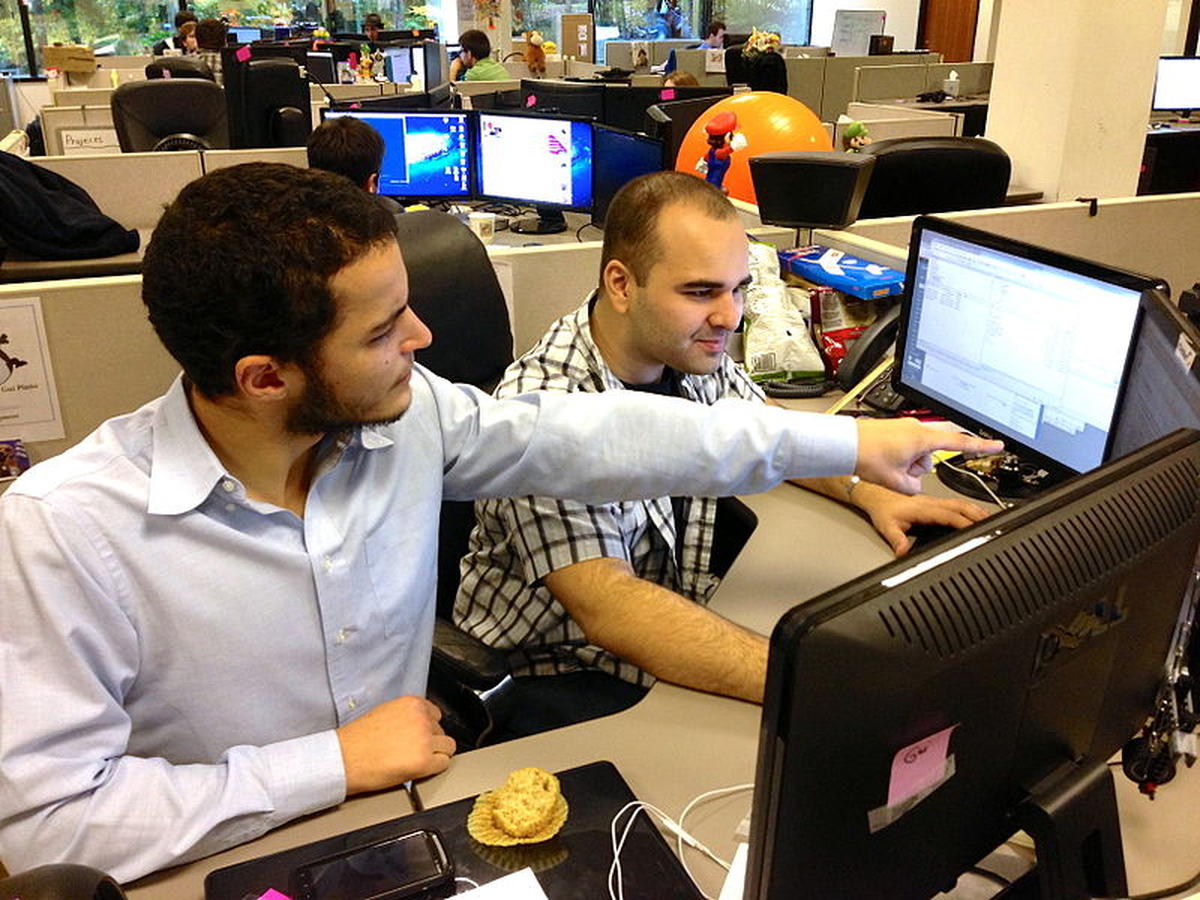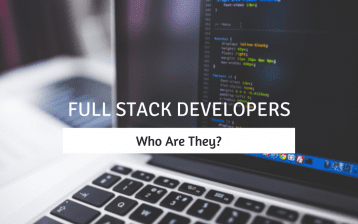Are you searching for a career path that is both rewarding and lucrative? Have you considered the field of full-stack web development?
Full-stack development jobs offer excellent career opportunities in India, with attractive pay packages and challenging tasks.
With an ever-growing demand for skilled professionals who can create unique web experiences, companies are looking to hire candidates with a combination of technical abilities — from back-end applications to client-side scripting techniques.
Unleash your inner tech guru and become a full-stack developer to gain instant recognition in technology! With this skill set, you’ll have all it takes to impact any project.
What is full-stack web development?

Full-stack web development is the practice of developing both client-side and server-side software. A full-stack developer has knowledge and skills in creating a website or application.
This includes front-end coding such as HTML, CSS, and JavaScript; back-end coding languages like PHP or Java; database systems such as MySQL or MongoDB; and even content management systems (CMS) like WordPress.
As such, they can handle all aspects of website or application development independently instead of having separate teams for each part.
With a broad range of complex topics to cover, full-stack developers need strong problem-solving skills to provide an overall holistic approach to building out an effective, efficient tech system.
The industry landscape for full stack developers in India
Full-stack developers are an essential part of any tech team. With their skillset, they can build entire websites from scratch without relying on anyone else for help. This makes them highly sought after by businesses looking for talented individuals who can get the job done quickly and efficiently with minimal supervision.
As far as designations go, there is no single “full stack developer” title; instead, individual developers may have different titles, such as “Front-end Developer” or “Back-end Developer,” depending on their expertise and focus.
How to get started on a career in full-stack web development?
India has become a significant hub for software development over the past decade due to its large pool of talented professionals and low labor costs. As such, there is no shortage of job opportunities available for those pursuing careers in full-stack web development here.
Companies always look for talented developers with experience building websites and applications from start to finish. Furthermore, salaries are competitive compared to other countries due to the increased demand for skilled professionals in India.
Salary trends and prospects for full stack developers in India
India is a great place to be a full-stack developer! As the country moves further towards becoming an IT powerhouse, the demand for developers continues to grow. Salaries in this field have seen real momentum over the past few years and are typically very competitive with other countries.
While entry-level developers may need a few years of experience before enjoying more attractive salaries, experienced developers are in high demand. Some positions offer packages that open even more exciting opportunities.
The salary of full-stack developers in India is substantial, and you can confidently say this. They make INR 6,23,920 a year on average.
With enough dedication and passion, any aspiring developer can become a master at this craft with enough time and patience!
So what are you waiting for? Grab your computer and get started today!
Learn data structures and algorithms with Imarticus Learning.
Through our Full-Stack Developer online course, students will learn database architecture and algorithms. During this six-month full-stack developer training, learners will learn data structure algorithms and the technical facets of front-end and back-end programming.
Course Benefits for Learners:
- Establish a solid foundation in data structures while learning popular tools like Java, Spring, MongoDB, JavaScript, React, Docker, and Jenkins.
- Our FSD Pro course provides learners with a solid foundation to build their professional success.
- FSD Pro is the perfect program for tech lovers looking to get a foot in the door of the IT industry.
- With tailored learning experiences, an interactive curriculum, and career services dedicated to helping you find full-stack developer jobs, this course offers everything needed for success – including job interviews guarantees!









